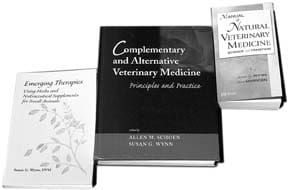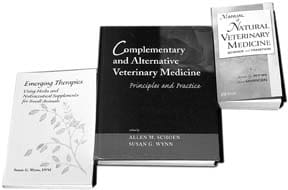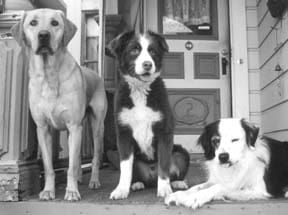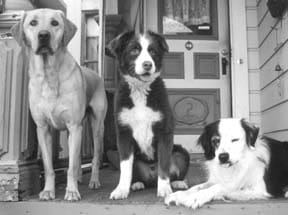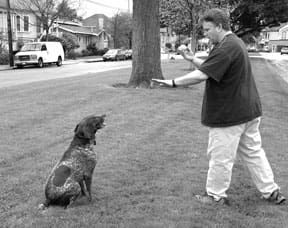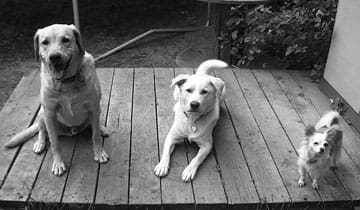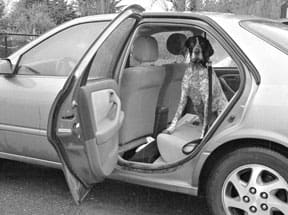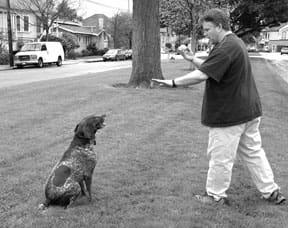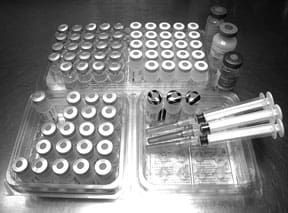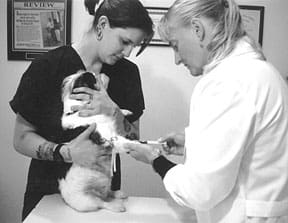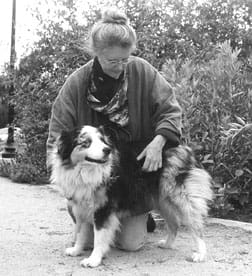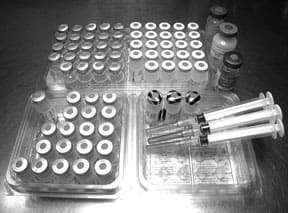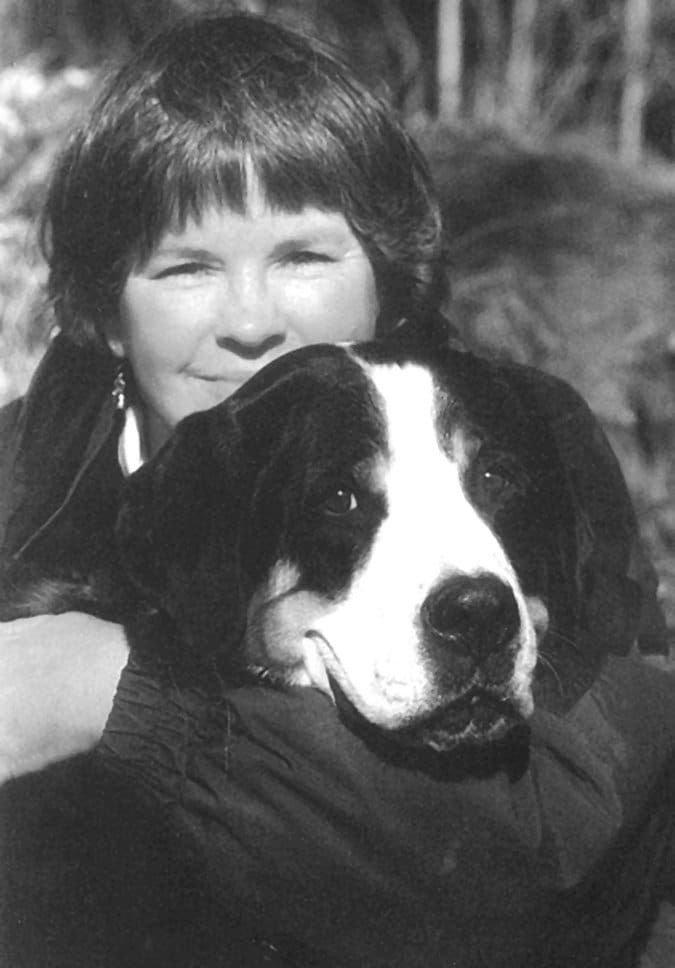by CJ Puotinen
Willard Water is one of life’s mysteries. Most people have never heard of it. Those who have, tend to use it religiously, even though they aren’t sure what it is or how it works. They say it improves digestion, reduces migraine headaches, relieves arthritis, improves skin health, heals burns and wounds without scarring, helps balance blood sugar, treats gum disease, supports detoxification, lowers high blood pressure, alleviates pain, and is helpful in the treatment of dozens of other conditions, including cancer.
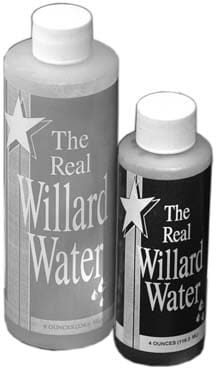
Its manufacturer makes no medical claims beyond reporting that Willard Water may have anti-inflammatory and analgesic properties, and that free-radical scavenger tests show it to be a powerful antioxidant.
What helps set Willard Water apart from other “wonder” products is that it was examined by a Congressional subcommittee on health and long-term care in 1980, investigated by the “60 Minutes” TV program that same year, and tested by the U.S. Food and Drug Administration. To date, all evidence has found Willard Water to be safe and nontoxic.
While some veterinarians might scoff at the claims made by Willard Water proponents, other holistic practitioners credit the product with amazing abilities to heal and balance. For example, Roger DeHaan, DVM, a holistic veterinarian in Kings Mountain, North Carolina, has recommended Willard Water for his canine patients since 1983. He mixes the liquid concentrate with drinking water for improved hydration and applies it to cuts, wounds, and other injuries. He even adds a small amount (10 cc) of full-strength concentrate to each liter of Lactated Ringers Solution before administering subcutaneous fluids.
History of the catalyst
What exactly is this stuff? Its ingredients (water, fossilized organics, sodium meta silicate, sulfated castor oil, calcium chloride, and magnesium sulfate) don’t sound like much – but their combined action redefines the behavior of water.
The addition of Willard Water concentrate to water is said to change water’s molecular structure from a very stable tetrahedron to a chain of water molecules attracted by strong electrostatic bonds to very small electrically charged colloidal particles. The result, which its inventor called Catalyst Altered Water because it literally alters or changes water, penetrates where normal water can’t.
Willard Water was developed in the 1960s by John Willard, Ph.D., a professor of chemistry at the South Dakota School of Mines. While consulting for an oil company, he searched for a way to remove the sludge that plagued oil wells. He found it in a formula he had previously developed to remove soot from Pullman railcars.
When Dr. Willard accidentally burned himself, the only water at hand was a dilute solution of the sludge-removal formula. To his surprise, the treated water immediately eliminated his pain and the burn quickly healed without scarring. He began to experiment on himself and his family, then asked friends and relatives to try his Catalyst Altered Water. Through the 1960s and ’70s, word spread.
Soon people in South Dakota were using dilute solutions of Willard Water to treat burns, sprains, bruises, and other injuries. They added it to their drinking water, laundry detergent, shampoo, and bath water.
Farmers, gardeners, and greenhouse operators discovered that plants treated with Willard Water needed less fertilizer and had better root structure, stronger stems, higher yields, and more foliage, even during drought conditions.
Dr. Willard found that farmers consistently reported improvements in cattle within three weeks of switching to Willard Water. Livestock raised on Willard Water showed greater resistance to shipping fever, a condition caused by the stress of crowded transportation, as well as reduced stress during weaning, branding, dehorning, and castration. Those on Willard Water recovered faster than control animals.
Pet use
For all animals, Willard Water seems to act as a whole-body tonic. That is, it’s safe to use in small amounts for long periods of time, during which it apparently helps to bring into balance all of the body’s systems.
The following doses have worked well for dogs, but so have other concentrations. If you’re experimental, try a little less or more and observe your dog’s response.
For best results, use good-quality filtered, bottled, or uncontaminated water from a reliable source. Reverse-osmosis filtered water is highly recommended. Hard water, which contains high concentrations of minerals, is supposed to interfere with or slow the action of Willard Water.
Willard Water comes in two forms, dark and clear. “I use the dark concentrate,” says Dr. DeHaan, “because it contains lignite and dozens of important trace minerals. I’m convinced that those minerals make a difference.”
One fluid ounce (2 tablespoons) concentrate per gallon of water is the strength recommended for daily human consumption as well as for topical application on pets and people. This same strength is a good daily drinking water for animals with acute or chronic health problems or for any animals during hot weather or times of stress. (Note that these recommendations are for Clear Willard Water and Dark XLR-8 Plus Willard Water. The greatly diluted Dark XXX product requires 2¼ times the amounts listed here.)
The recommended maintenance water for healthy dogs, cats, cattle, and other animals not under stress is far more dilute, such as ¼ ounce (½ tablespoon, or just over 1 teaspoon) concentrate per gallon of water.
Use this solution to fill your dog’s water bowl, which should be available at all times. Add it to dry, canned, or raw food. If you include grain in your dog’s home-prepared diet, consider soaking it overnight in diluted Willard Water to improve digestibility. To increase the grain’s nutritional content, drain the jar and leave it open and on its side for a day or two. Grind or puree the sprouting grain before adding to food. Leftover pureed grain keeps well in the refrigerator for several days.
In her book, Holistic Guide for a Healthy Dog, Wendy Volhard, another longtime user of Willard Water, recommends adding diluted Willard Water to your dog’s drinking water when traveling to keep stress levels under control.
“Taking your own supply of drinking water is preferable,” she says, “but if that is not possible, use what is available on your trip and add 2 tablespoons of diluted Willard Water to each bowl, so that your dog is not affected by the change.”
Dr. DeHaan’s only caution is to start slowly. He introduces Willard Water gradually and in small doses, giving small dogs 1 to 2 tablespoons of the dilute solution daily, adding it to drinking water or food. Medium-sized dogs receive 4 tablespoons per day, and large or giant breeds start with ½ to ¾ cup (4 to 6 ounces).
“Too much too fast can accelerate the detoxification response,” he explains. “If your dog gets diarrhea, ease off a little until his system catches up.” This temporary symptom is the only adverse side effect Dr. DeHaan has seen while treating thousands of dogs with Willard Water.
In Priest River, Idaho, Ralph and Rita Huddleston were distressed when their eight-year-old West Highland Terrier, Kramer, stopped acting playful and was unable to jump on their laps or into his favorite chair. He seemed to suffer from pain and a lack of energy.
“We ourselves have felt so much better since using Willard Water,” they say, “that we decided to give it a try for our little friend. His condition disappeared as fast as it began, and Kramer is now his old happy self again. He knows when we are drinking our Willard Water and sits at our feet begging for a little sip, which we give him out of our hand. Of course, he drinks whatever he wants from his water dish.”
Two years ago, Janice Walters of Belen, New Mexico, noticed that after using Willard Water for a few months, she had more energy and her prescription medications seemed to be working better.
She started giving Willard Water to her dogs and cat. “The first thing I noticed was they were drinking more water than usual,” she says. “The cat has her own bowl, and the dogs share two half-gallon self-watering bowls. Previously I had to fill those containers every two days. Now it’s every day. The dogs got more energetic, and Vixen’s coat started looking shiny.”
Vixen, a Golden Retriever/Shepherd-mix, is now 12, and Darby, a Lhasa-mix, is 11. “Our new dog, Chance, is a two-year-old Boxer-mix,” she says. “He keeps the girls busy, and they keep up with him.”
Walters, an animal rehabilitation specialist, is vice-president of a local rescue group. “I recommend Willard Water for everyone, but especially the dogs,” she says. “I’m convinced it’s one of the best things you can give an animal.”
Cancer
Willard Water’s testimonials include many reports about cancer patients, including dogs who outlive their prognoses, or, in some cases, completely recover.
“Willard Water doesn’t cure cancer,” says Dr. DeHaan, “but it definitely supports the cancer patient. It does this in part by improving digestion and the assimilation of nutrients, which strengthens immunity.”
For canine patients with cancer or other serious illnesses, the recommended concentration is the same as the maintenance amount for humans, 1 fluid ounce (2 tablespoons) concentrate per gallon of water.
Spraying or applying the same dilution to skin cancers is another support strategy. Diluted Willard Water can be sprayed or applied to any canine tumor or skin growth several times per day. Simply apply thoroughly and let dry.
Any conventional, complementary, or alternative cancer therapy may work more efficiently in combination with Willard Water, which seems to improve the effectiveness of many prescription drugs, medicinal herbs, and supplements.
Topical application
To use Willard Water topically, dilute 1 teaspoon concentrate in 1 quart water or use 2 tablespoons per gallon. Use this solution as a wash or rinse to clean and treat cuts, burns, wounds, or abrasions. Pour it directly on the affected area or use a spray bottle. Repeat the application several times per day.
Diluted Willard Water is said to be as effective in reducing pain in animals as it is in humans. Spray or apply it to sprains, bruises, trauma injuries, arthritic joints, and any area that is swollen or tender.
Wendy Volhard swears by Willard Water as a hot spot treatment. “It dries up the inflamed areas overnight,” she says. “I also spray it on cuts to stop the bleeding and on insect bites to reduce the swelling and irritation.”
An easy way to treat injured paw pads is to briefly soak the affected foot in a bowl or pan of diluted Willard Water, then let it air-dry.
To create a compress, soak a washcloth in the dilute solution and hold it in place for several minutes, or secure it with a wrapped towel or bandage. Repeat the treatment two or three times per day.
You can increase the effectiveness of any herbal compress or wash by brewing the herbal tea in a dilute solution of Willard Water, or simply add ½ teaspoon Willard Water concentrate to each pint (2 cups) of tea. You can add ¼ teaspoon Willard Water concentrate to 1 cup (8 ounces) of any aromatherapy hydrosol (See “Essential Information,” January 2005) to make the hydrosol more effective. Spray the treated hydrosol full-strength or add a teaspoon or a tablespoon to your dog’s drinking water.
To improve your dog’s coat, spray it with diluted Willard Water or treated hydrosol before brushing or grooming. Willard Water helps prevent dander, freshens the coat, and helps most dogs smell better.
Increase the effectiveness of your dog’s shampoo by mixing ¼ cup shampoo with 1 cup diluted Willard Water. According to users who reported their results to Dr. Willard, this actually helps calm excitable or nervous show animals.
Use this mixture to scrub, rinse, reapply, and rinse again. If you use a conditioner, which may no longer be necessary, mix it at the same proportions. Finish with a final rinse of dilute Willard Water solution, an herbal tea made with diluted Willard Water, or a solution of 1 tablespoon hydrosol in 1 quart diluted Willard Water. A caution for humans: Willard Water added to shampoo, conditioner, or rinse water has stripped color from some dyed hair.
To treat any eye condition, spray diluted Willard Water directly into the dog’s eye. Willard Water helps clear up conjunctivitis and other infections, and it’s an effective first-aid rinse for the removal of debris. Clear Willard Water concentrate is usually recommended for use in the eyes, but many users report excellent results from rinsing or spraying eyes with dark Willard Water solutions. If desired, add a pinch of unrefined sea salt to make the solution slightly salty. Tears are saline, and adding a small amount of salt makes the solution more comfortable.
Whenever you brush your dog’s teeth or give her a tooth-cleaning rope toy to chew on, spray the toothbrush or toy with diluted Willard Water.
Diluted Willard Water can be used as an ear cleaner, too. Or you can add a few drops of full-strength concentrate to any liquid ear cleaner. Willard Water helps the solution reach farther and loosen wax and debris.
Cleaning green
In addition to adding Willard Water to shampoos and conditioners, you can add it to any soap or cleanser, making housecleaning a safe, pet-friendly activity.
In 1991, shortly before Dr. Willard’s death at age 84, I corresponded with him about Willard Water’s effect on chlorine. He confirmed that extensive laboratory testing proved that small amounts of Willard Water neutralize or destroy chlorine. In fact, he warned against adding Willard Water to any load of laundry using chlorine bleach. “The bleach won’t work,” he said.
In reply to my questions about whether Willard Water concentrate would help preserve raw milk, he recommended adding 1 ounce per gallon. “We discovered this with an old Swiss cheese maker. Milk tastes richer and keeps fresh longer. You can do the same with raw juices.”
Also With This Article
Click here to view “The Benefits of Hydrotherapy For Your Dog”
Click here to view “Favorite Remedies Revisited”
-A long-time contributor to WDJ and author of The Encyclopedia of Natural Pet Care, Natural Remedies for Dogs & Cats, and other books, CJ Puotinen lives in New York with her husband, a Lab, and a tabby cat.





